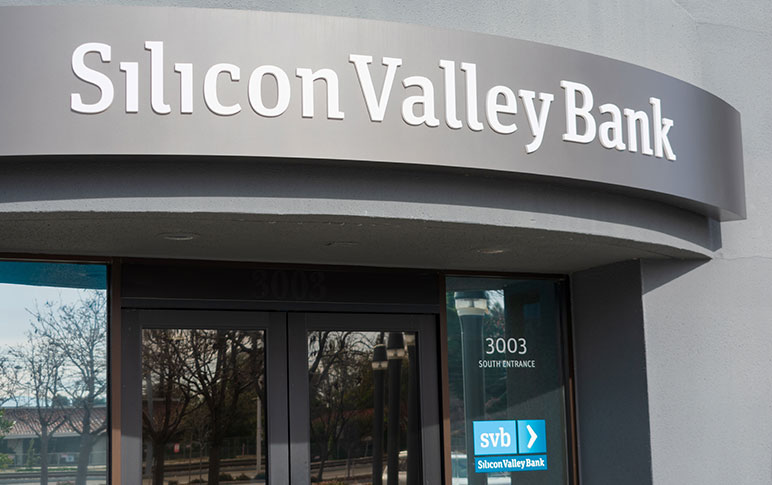The Federal Deposit Insurance Corporation (FDIC) on Monday asked banks to modify their financial statements that “incorrectly” depict uninsured deposits. The FDIC’s warning came after banks protested to a fee that was implemented with an objective to recover losses from the bankruptcies of Silicon Valley Bank and other enterprises.
The Federal Deposit Insurance Corporation (FDIC) on Monday asked banks to modify their financial statements that “incorrectly” depict uninsured deposits. The FDIC’s warning came after banks protested to a fee that was implemented with an objective to recover losses from the bankruptcies of Silicon Valley Bank and other enterprises.
The special fee, proposed by the FDIC in May, would be computed in accordance to the amount of uninsured deposits retained by banks at the end of 2022. The regulator did not take the name of any bank but noted that certain banks were “not reporting anticipated uninsured deposits in compliance with the instructions”.

The FDIC was referring to decreases in the total amount of uninsured money held by banks by the end of 2022. According to an S&P Global study from July, 55 banks, more than double the average, decreased their fourth-quarter uninsured deposits in FDIC reports.
The regulator specifically reminded banks that they must report uninsured deposits retained at their own subsidiaries as well as uninsured deposits backed by pledged assets. It further noted, “If your institution incorrectly reduced the amount of reported uninsured deposits, for example, to reflect collateralisation of deposits by pledged assets or by excluding intercompany deposit balances of subsidiaries, those reports are inaccurate.”
Paul Burdiss, the chief financial officer of Zions Bancorporation, challenged the FDIC’s strategy in a letter of comment on July 17.
In order to eliminate intra-bank accounts as uninsured deposits, Bank of America modified its uninsured deposits reported to the FDIC in May lower by 13.8 per cent to $783.92 billion, according to the S&P report.
Bill Halldin, a Bank of America spokesman, stated that the bank has found several internal or intra-bank accounts that should not have been reported. The bank has no intentions to modify the most recent figure it supplied to the FDIC.
It was also stated in the S&P report that Huntington National Bank cut their uninsured deposits by 39.9 per cent after assessment. This was the highest percentage fall that analysts recorded. The bank refused to react amid calls for remarks.
Larger corporations opposed the FDIC in comment letters arguing that they would not profit from the government’s attempts to guarantee depositors at smaller lenders as the news charge would heavily fall on them.
On 21st July, the Bank Policy Institute noted there were problems in the FDIC’s logic for the unique evaluation technique. It further said that their assessment approach could not be supported by the analysis by the FDIC.


